Please note: In September 2019, we updated the DXOMARK Mobile test protocol to cover ultra-wide-angle performance and have renamed the protocol DXOMARK Camera. We also expanded our low-light testing and created the new Night sub-score, which incorporates the previous Flash score. We have retested this device using the new Wide and Night test protocols and updated this review. The updated elements and scores are right at the top; you can still find the original review further down the page. For more information, please see the articles about our new Wide and Night test protocols.
The Galaxy S10 5G is the ultra-premium version of Samsung’s flagship S10 family of smartphones, and apart from 5G connectivity, comes with 8GB of RAM and a 6.7-inch, HDR10+ -certified AMOLED display. The main camera system combines a primary 12Mp camera and variable-aperture lens with a 16Mp ultra-wide-angle module and a 12Mp 2x telephoto module. Compared to the standard S10 model, the 5G model also adds a Time-of-Flight (TOF) sensor to assist with bokeh when shooting video as well as with augmented reality applications.
Update summary


Thanks to excellent results in both our new wide-angle and low-light tests, the Galaxy S10 5G maintains its position very close to the top of the DXOMARK Camera ranking. The Samsung offers one of the widest fields of view of all devices on the market, and despite the optical challenges that come with that, it still manages to maintain decent image quality across all wide-angle focal lengths. Levels of detail are low compared to the competition, and there is strong softness in the corners, but outdoor images show good exposure, nice colors, and a fairly wide dynamic range. Noise is visible across all light conditions, especially in low light, but compared to most competitors, it is pretty well-managed.
The S10 5G is also one of the best performers in the new Night category, with generally good results at all flash settings. Only when shooting with the flash switched off in very low light can images be underexposed. (The firmware version we used for our testing does not offer a Night mode, so the S10 5G could not earn any bonus points for this feature.)
The Galaxy S10 5G is also still one of the best devices in our database in most other areas. It cannot keep up with the Huawei P30 Pro’s impressive zoom performance, but delivers excellent still image results in almost any other aspect and is outstanding for video as well. Video footage still shows the same excellent target exposure and color as on the S10+, and the 4K resolution at default settings helps improve texture, noise, and artifact scores. Overall, the S10 5G is still a great option for mobile photographers and videographers alike.

Wide
Samsung Galaxy S10 5G (Exynos)
40
When switching to its wide-angle camera, the Samsung Galaxy S10 5G offers a very wide equivalent focal length of 12mm and is capable of maintaining good image quality across all wide focal lengths in indoor and outdoor conditions, earning itself one of the current best Wide scores. In the comparison below, you can see that at the widest zoom setting the Samsung offers a considerably wider field of view than the Huawei P30 Pro and the Xiaomi Mi 9.
Exposure is generally accurate in outdoor conditions, with only some slight instabilities at wider settings. Color rendering is generally stable and pleasant, although some outdoor images can show a slight blue cast. Dynamic range is good, allowing for decent shadow and highlight detail in high-contrast scenes, but we also saw some haloing along high-contrast edges in those conditions. While some noise is visible in all light conditions, especially indoors and in low light, it tends to be fairly well-controlled in comparison to the competition.
On the downside, the level of detail that the S10 5G wide-angle camera captures is lower than for most direct competitors, even in bright light. In the comparison images below, you can see that the S10 5G doesn’t render fine detail and textures quite as well as the Huawei P30 Pro at wide-angle settings.
Various artifacts also drag down the Samsung’s Wide score, but become less intrusive as you move from the widest available focal lengths to less extreme settings. A lack of sharpness in the corners and distortion are very noticeable at the widest settings, but considering that the Samsung offers a wider angle of view than most rivals, the image quality is still acceptable.
Our testers also found some anamorphosis (deformation of faces close to the edges of the frame), haloing, and color fringing in the S10 5G’s sample images, and ringing is often visible when shooting under indoor lighting. Despite these imperfections, the Samsung Galaxy S10 5G is currently one of the best performers for wide-angle shooting overall. However, there is still quite some room for improvement and we can expect future device generations to increase wide-angle image quality considerably.

Night
Samsung Galaxy S10 5G (Exynos)
59
The Samsung Galaxy S10 5G achieves one of the highest Night sub-scores so far, but as with almost any other smartphone, there is still quite a lot of room for improvement when shooting in low light.
At its default setting, the Samsung’s flash-auto performance is excellent. The flash always triggers when it detects a face in the frame, and the resulting images show good target exposure, fairly accurate white balance, and good levels of detail. The flash also occasionally triggers when capturing a landscape or cityscape scene—which isn’t particularly ideal—but image quality is usually still decent even on those occasions.
With the flash switched off, target exposure in cityscapes and dynamic range are pretty good, resulting in quite pleasing night shots overall. When viewing images at full size, it becomes obvious that the levels of detail are pretty low compared to the competition, but image noise is fairly well under control.
Images are severely underexposed in very low light. In the comparison below, you can see that the Huawei P30 Pro manages to get a noticeably brighter exposure than the S10 5G out of this extremely dark test scene. This said, the Xiaomi image is even darker than the Samsung’s.
When shooting under typical urban sodium vapor street lighting, the white balance system tends to produce a yellow cast that is quite noticeable, but within acceptable limits.
With the flash forced on, the Galaxy S10 5G improves on the already excellent performance of the S10+. Like the S10+, flash photography with the S10 5G features accurate exposures, neutral white balance, and good detail preservation. Samsung has lessened the light falloff compared to the S10+, providing more pleasing images both when using flash only and when combining flash with ambient light. However, red-eye artifacts can be visible.
Please note: With its latest firmware version, the Samsung Galaxy S10 5G comes with a dedicated night mode. However, we undertook the Night testing for this updated review using the same firmware version as the original test, which did not include a night mode.
Samsung Galaxy S10 5G camera review (originally published April 16, 2019)
The Galaxy S10 5G is the new, ultra-premium version of Samsung’s flagship S10 family of smartphones. It comes with 8GB of RAM, along with a 6.7-inch, 3040×1440 pixel, HDR10+ -certified AMOLED display. It’s loaded with either 256GB or 512GB of memory, which is helpful, since there is no microSD slot. The main camera system combines a primary 12Mp camera and variable-aperture lens with a 16Mp ultra-wide-angle module and a 12Mp 2x telephoto module. Compared to the standard S10 model, the 5G model also adds a Time of Flight (TOF) sensor to assist with bokeh when shooting video as well as with augmented reality applications. Read our review to find out how the Korean manufacturer’s new high-end version of its S10 flagship phone performed in our DxOMark Mobile testing.
Key camera specifications:
- Quad-camera setup, including a dedicated TOF sensor
- Primary: 12Mp sensor with 1.4µm pixels and 26mm-equivalent, f/1.5–2.4 aperture lens, dual-pixel AF, OIS
- Ultra-wide: 16Mp sensor 1.0µm pixels and 13mm-equivalent, f/2.2-aperture lens
- Telephoto: 12Mp sensor with 1.0µm pixels and 52mm-equivalent, f/2.4 aperture lens, PDAF, OIS
- 2160p/60fps, shoots 4K video at 30fps by default
Please note: The camera firmware used for the DxOMark tests is not yet currently available to consumers. Samsung will make it available as an over-the-air update before the end of the month.
About DxOMark Mobile tests: For scoring and analysis in our smartphone camera reviews, DxOMark engineers capture and evaluate over 1500 test images and more than 2 hours of video both in controlled lab environments and in natural indoor and outdoor scenes, using the camera’s default settings. This article is designed to highlight the most important results of our testing. For more information about the DxOMark Mobile test protocol, click here. More details on how we score smartphone cameras are available here.
Test summary
Its overall DxOMark Mobile score of 112 ties the Samsung S10 5G with the Huawei P30 Pro for our very best score so far. The Samsung lags behind the Huawei by 2 points in its Photo score, due mostly to the impressive Zoom performance of the P30 Pro with its 5x telephoto lens; however, the S10 5G makes up for that with a 100-point score for Video.
What’s particularly surprising is that the S10 5G achieves this new high Video score using the same cameras as in the S10+, which scored 97 points for Video in our test. The biggest change is that Samsung modified the default video recording mode to 4K resolution, which helps improve the phone’s texture, noise, and artifact scores. In addition, video from the S10 5G features the same excellent target exposure and color as on the S10+, and it makes an excellent trade-off between detail preservation and noise reduction, even when shooting hand-held in low light.
(Note that because the added TOF sensor is used only for computing bokeh in video, it doesn’t have any effect on our scores, as we don’t test bokeh when shooting video. At this point, we also need to remind everyone that while 100 is a great milestone, it isn’t the highest possible score, but rather just a relative measurement.)
The S10 5G’s Photo score also gets a bump, in large part because Samsung has shifted the primary lens it uses for bokeh-enhanced portraits from the wide-angle to the telephoto lens (you can still use the wide-angle if you prefer, though). This helps reduce the distortion caused by shooting portraits at a short focal length. Other than the improved scores thanks to the higher-resolution default for video and the lens change for bokeh, the test results and sub-scores for the 5G version are very similar to those of the S10+, since the specs for the primary camera hardware in both models are the same. However, there are also some less-visible but important improvements to such features as flash, for example.
Photo scores explained

Exposure and Contrast
Samsung Galaxy S10 5G (Exynos)
95
The Samsung Galaxy S10 5G duplicates the impressive results of the S10+ for Exposure and Contrast. The sub-score is powered by accurate target exposures that drop off only slightly in very low light, and by outstanding dynamic range. The S10 5G faces some stiff competition in this category, though, as you can see from the following chart, which shows that the Huawei P30 Pro has even better exposure accuracy and the iPhone XS Max is better except in low-light conditions:
The S10 5G deals very well with high-contrast scenes, such as the one below. Target exposure is very good and the camera does well at preserving highlight and shadow details alike. As with the S10+, some highlight clipping occurs in scenes with extreme lighting contrasts. But also like the S10+, the S10 5G does very well with backlit scenes.
Indoors in low light, the S10 5G does a good job of reducing motion artifacts. It also does a slightly better job of dealing with backlight than the iPhone XS Max, but not quite as good as the P30 Pro, which provides the best exposure of the subject:

Color
Samsung Galaxy S10 5G (Exynos)
89
Color rendering is one area in which the S10 5G beats out the Huawei P30 Pro. In this outdoor scene, for example, you can see that it renders neutral and accurate colors, while the P30 Pro image has a slight cyan tint to the sky, some green in the building, and less vivid flowers.
Indoors, the S10 5G provides rich, pleasing color rendering, as shown in this office interior shot below:

Autofocus
Samsung Galaxy S10 5G (Exynos)
99
The Samsung Galaxy S10 5G scores very well in the Autofocus category, thanks to consistently accurate results in all light conditions. Below are the results from our 20 lux long and short delay tests. While the S10 5G doesn’t feature a negative shutter lag like the Huawei and Apple flagships, it is very quick and very consistent:
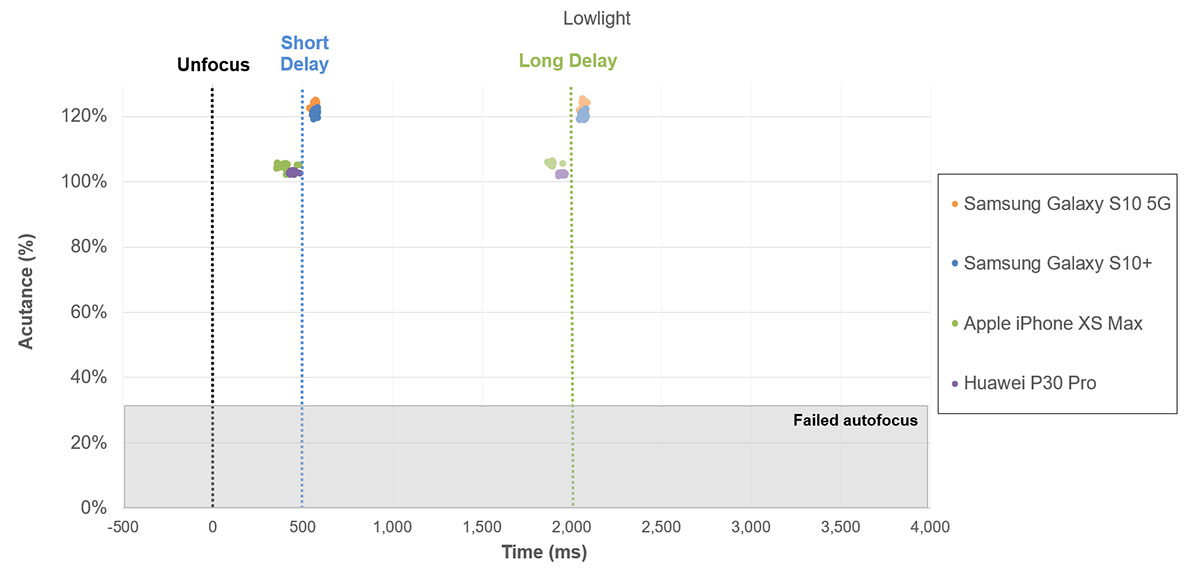

Texture
Samsung Galaxy S10 5G (Exynos)
71

Noise
Samsung Galaxy S10 5G (Exynos)
75
Like the S10+, the S10 5G does an excellent job of controlling noise in all lighting conditions, but the noise reduction can result in a loss of textured detail indoors and in low light, especially when compared to the P30 Pro, as shown by a close look at the cloth strips in our lab test scene.
You can also see this in the charted results from our Texture lab tests, shooting hand-held under a range of lighting conditions:
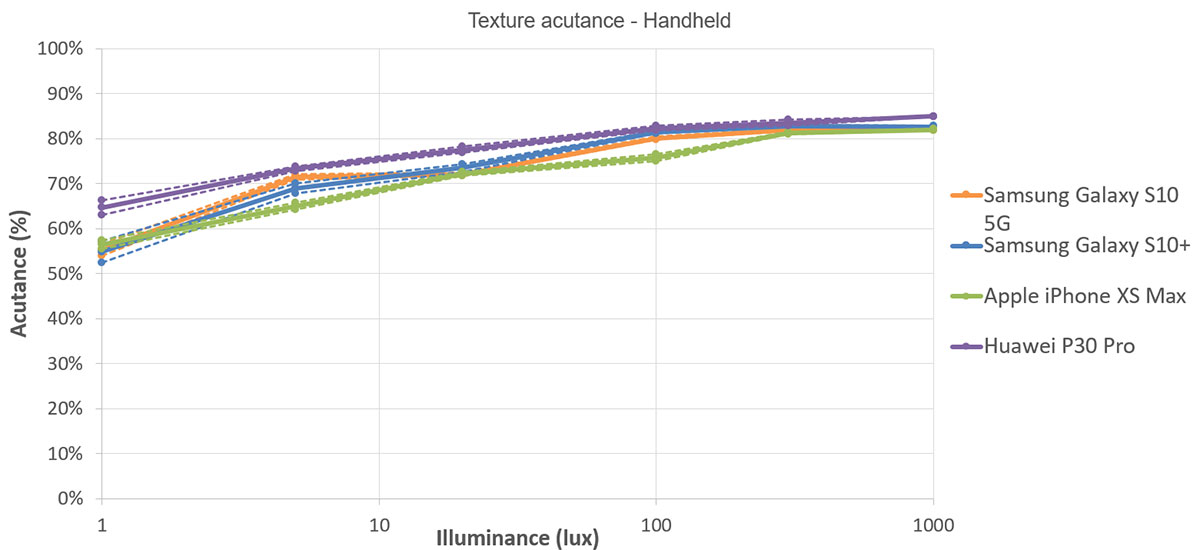
A difference in texture rendition is also visible in the bright-light shot below, where the Huawei P30 Pro is capable of squeezing a little more fine detail out of the scene than the Samsung. On the plus side, the S10 5G controls noise well in most conditions, though some luminance noise is just about noticeable in this sample.
In the graph below, you can see that the 5G reduces noise more than the iPhone XS Max, but still trails the P30 Pro across almost all light levels.
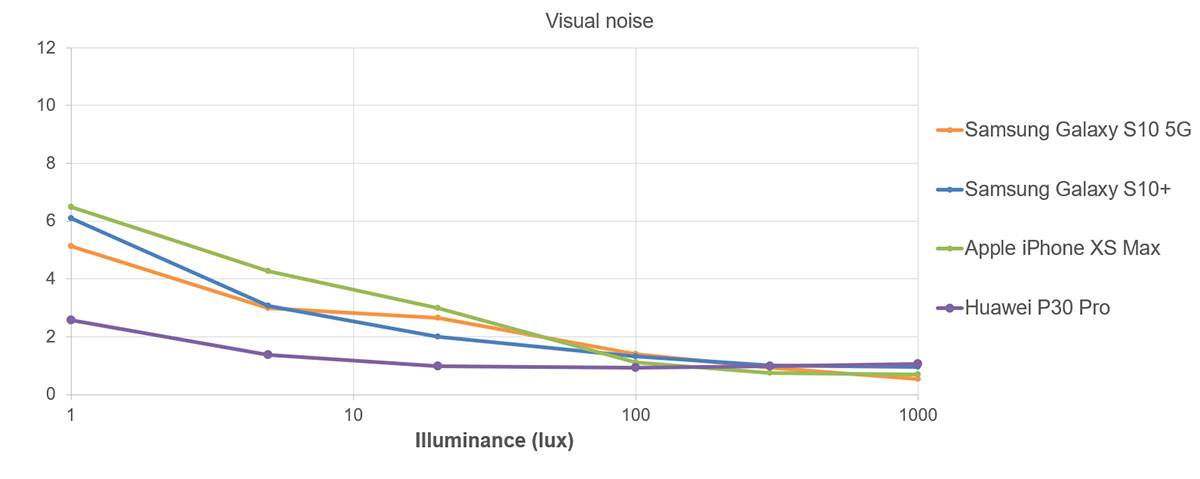

Artifacts
Samsung Galaxy S10 5G (Exynos)
78
While the S10 5G avoids most artifact problems, it does suffer from a couple that are worth noting. In particular, ringing is visible in detailed areas of images. There is also an issue caused by the lens, where corners of images can be blurry, even though the center is sharp. You can see both of these artifacts in this outdoor example, with ringing visible in the building detail and blurring in the grass at the edges of the image:
The Galaxy S10 5G improves on the already excellent flash performance of the S10+. Like the S10+, flash photography with the S10 5G features accurate exposures, neutral white balance, and good detail preservation. Samsung has lessened the light falloff compared to the S10+, providing more pleasing images both when using only flash and when combining flash with ambient light. However, red-eye artifacts can be visible.

Zoom
Samsung Galaxy S10 5G (Exynos)
74
The S10 5G performs very much like its sibling S10+ when capturing default-mode telephoto images, although there are fewer focus errors with the S10 5G. And while the S10+ sometimes switches which camera it uses from frame to frame, the S10 5G consistently uses the same camera in a series of images taken at a consistent zoom level, resulting in improved resolution results overall.
Compared to the S10 5G, the Xiaomi Mi 9 sometimes produces better-resolution telephoto images, but doesn’t do as good a job at noise reduction and preventing artifacts. The S10 5G actually beats out the impressive zoom capability of the Huawei P30 Pro at a low zoom level, but it can’t quite keep up with the 5x folded optics at higher levels of zooming. You can see this for yourself in these comparison images:

Bokeh
Samsung Galaxy S10 5G (Exynos)
70
The S10 5G camera is capable of capturing very nice images in Portrait mode, simulating the bokeh created by the shallow depth of field of a DSLR + fast lens well enough to earn itself one of the best scores in this category. In addition to smoothly blending the blur effect as you move from near to far in a scene, it has improved on the quality of the S10+ by rendering spotlights quite naturally.
One disadvantage of the S10+ when we tested it is that it uses its 26mm primary lens as the principal lens when capturing Portrait-mode images, which can cause some unflattering perspective distortion of the portrait subject. Samsung has addressed that issue promptly in the S10 5G, allowing users to switch to the longer telephoto lens in Portrait mode. You can see the more natural proportions of the subject in the S10 5G version of the comparison images below, when compared to the S10+.
Video scores explained
At 100 points, the Samsung Galaxy S10 5G achieves our highest-ever score for Video, making it an excellent option for mobile videographers. The overall video score is derived from a number of sub-scores in the same way as the Photo score: Exposure (86), Color (90), Autofocus (96), Texture (70), Noise (79), Artifacts (86), and Stabilization (93).
Overall, video from the S10 5G features the same excellent target exposure and color as on the S10+, and it makes an excellent trade-off between detail preservation and noise reduction even when shooting hand-held in low light. The biggest upgrade in its video quality from the S10+ is increased detail thanks to shooting in 4K resolution by default. When viewing the sample clips below at full size, you can see that the S10 5G is capable of recording very high levels of detail in bright light, capturing even slightly better fine detail than the Xiaomi Mi 9, which also records 4K footage by default. Compared to the Huawei P30 Pro, which records 1080p footage by default, the difference is even more noticeable.
When shooting in low light and in typical indoor conditions, noise reduction is quite strong, however, resulting in a noticeable loss of detail. That said, compared to the Xiaomi Mi 9, the S10 5G does a better job of making the trade-off between detail preservation and noise reduction when shooting hand-held. Even though both devices shoot in 4K, you can see more detail with less noise in the S10 5G version than in the Mi 9 version of our low-light test videos below. Noise is particularly visible on the moving elements in the Xiaomi Mi 9 video.
The tables are turned when mounting the devices on a tripod and shooting in low light, however, and the Samsung doesn’t do as well as some competitors, as you can see in the chart below. In good light, both the S10 5G and S10+ do an excellent job of preserving texture compared to the Mi 9 and P30 Pro. However, as light levels decrease, the Xiaomi and the Huawei capture better video detail.
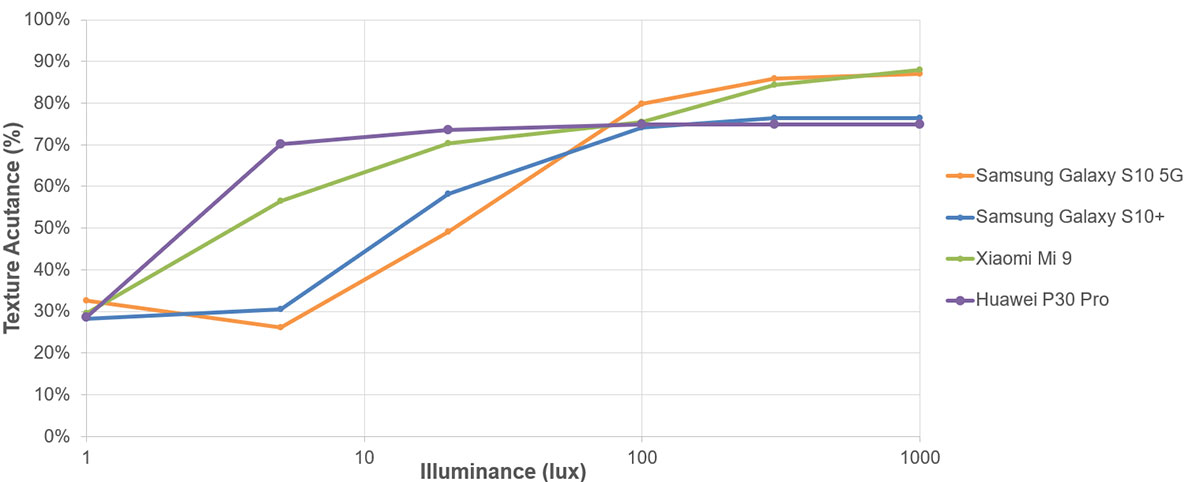
You can see the impact of this low-light issue by looking at these crops from a frame taken from videos shot with the S10 5G and the Xiaomi Mi 9:
Dynamic range is excellent for a traditional sensor and video recording system, but not quite as good as the Apple iPhone XS Max or other devices equipped with HDR sensor technology.

The Samsung Galaxy S10 5G also records video with accurate white balance and generally pleasing color in most conditions. Autofocus is also excellent, and the S10 5G has very good video stabilization for hand-held videos.
Conclusion: First smartphone camera to score 100 for video
Overall, the Galaxy S10 5G performs slightly better than the excellent S10+ in our tests. Samsung’s move to 4K default resolution for video, and a beneficial switch to using the telephoto camera for bokeh effects in portrait mode, give the 5G version a 3-point score bump to put it at the very top of all our tested mobile devices. The S10 5G also gets to claim the title of being the first smartphone to score 100 points for video. Buyers of the 5G version of the S10 may be primarily interested in its next-generation connectivity, but will get improvements to photos and videos as an additional benefit.
As with other devices with a similar camera setup, the S10 5G’s ultra-wide-angle camera did not have an impact on its DxOMark score. Still, an ultra-wide lens is a very useful tool for many, especially landscape photographers and anyone hoping to capture images of large groups of people. Similarly, the added TOF sensor in the 5G version of the S10 doesn’t affect its score, but does allow for better bokeh effects when desired in videos, and should improve performance for depth-sensitive augmented reality applications (for example). It will also be interesting to see if Samsung is able to provide the upgraded bokeh quality to S10+ owners via firmware update, since both models use cameras with the same listed specifications.
Photo pros
- Accurate white balance and pleasant color rendering in most conditions.
- Accurate target exposure and good dynamic range.
- Fast, accurate, and repeatable autofocus.
- Pleasant bokeh effect with a good blur gradient and a nice shape.
- Well-controlled noise levels.
- Flash images with accurate target exposure, neutral white balance, and good detail preservation.
Video pros
- Excellent detail in both outdoor and indoor conditions.
- Accurate white balance and pleasant color rendering.
- Accurate exposure in both outdoor and indoor conditions.
- Fast and accurate autofocus.
- Efficient stabilization in hand-held videos.
- 4K recording at default settings.
Photo cons
- Some visible artifacts including ringing, loss of sharpness at image edges, moiré, and ghosting
- Loss of fine and low contrast detail in most tested conditions.
- Some subject isolation artifacts in bokeh mode.
- Loss of detail when zooming, especially at long range.
Video cons
- Highlight clipping in high-contrast scenes.
- Some slight exposure instabilities, especially indoors in low light.
- Loss of detail in low light.
- Instability caused by lens breathing during autofocus convergence.


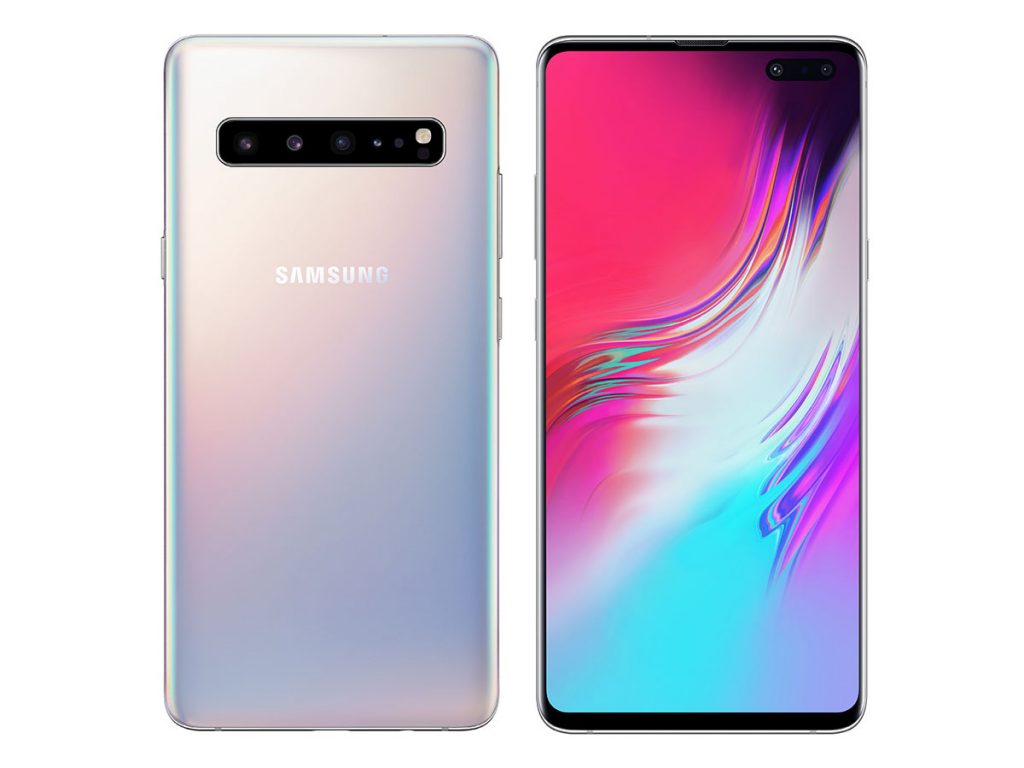

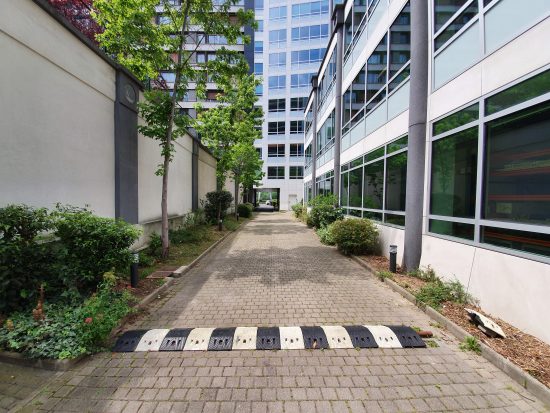
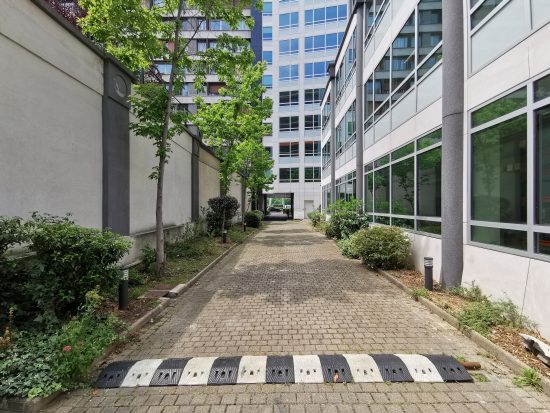
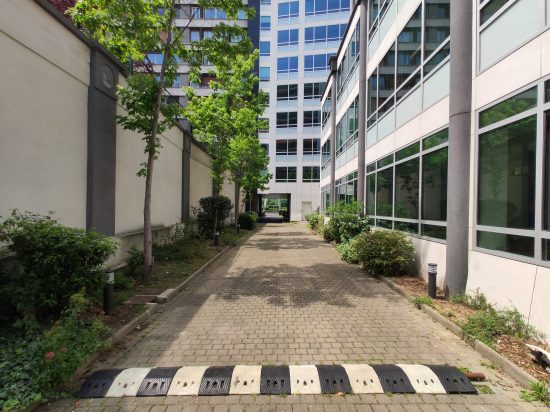

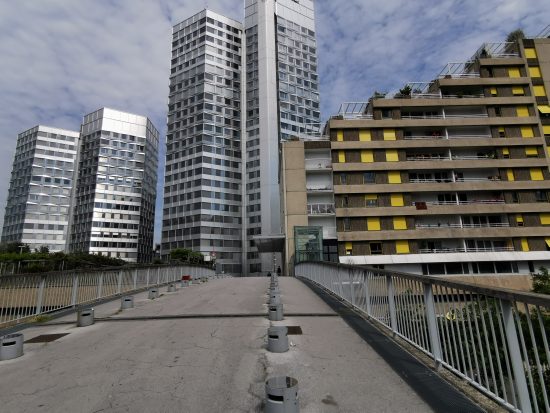
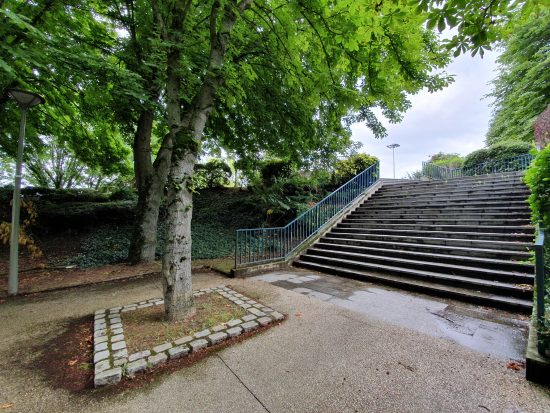



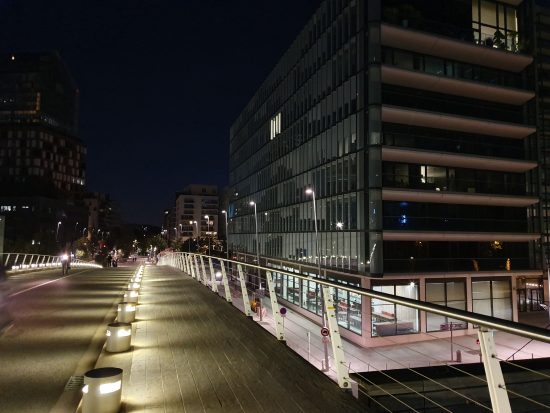
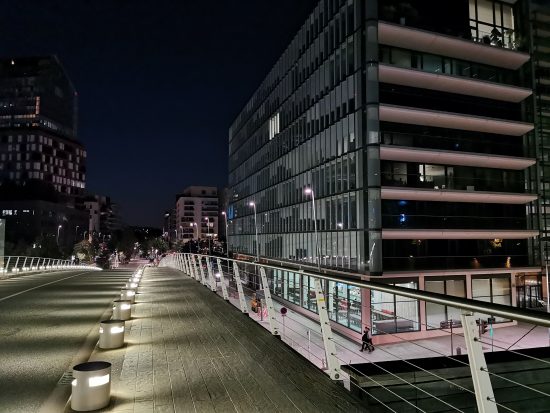
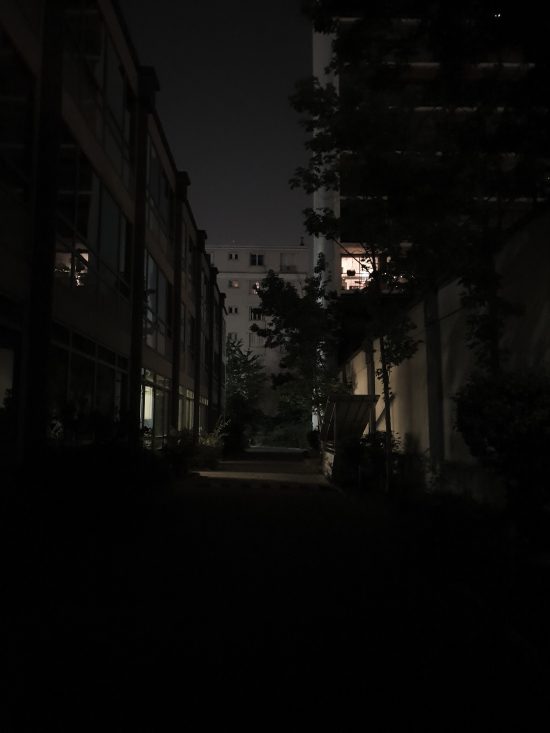
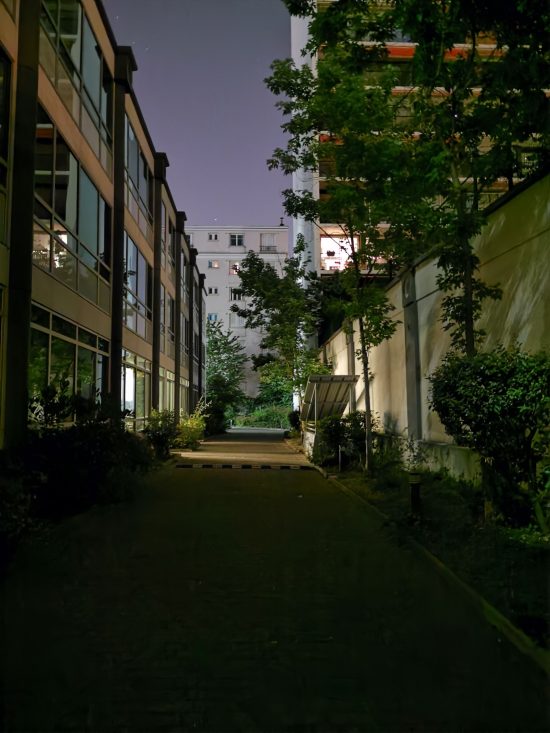
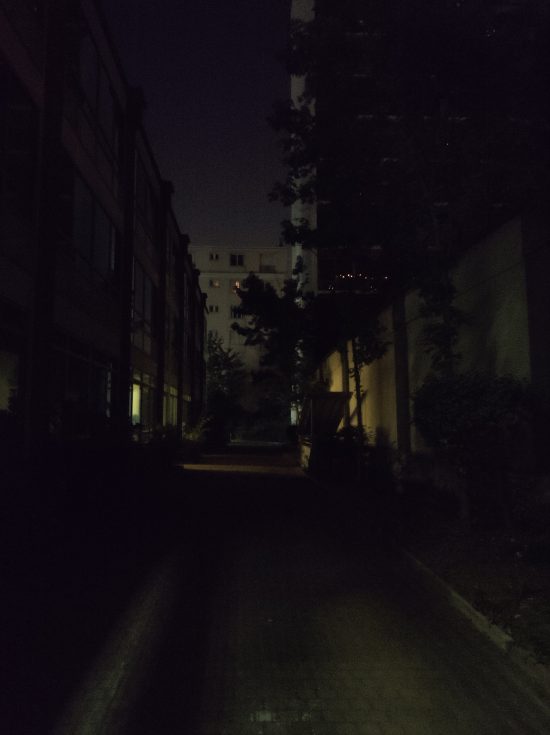



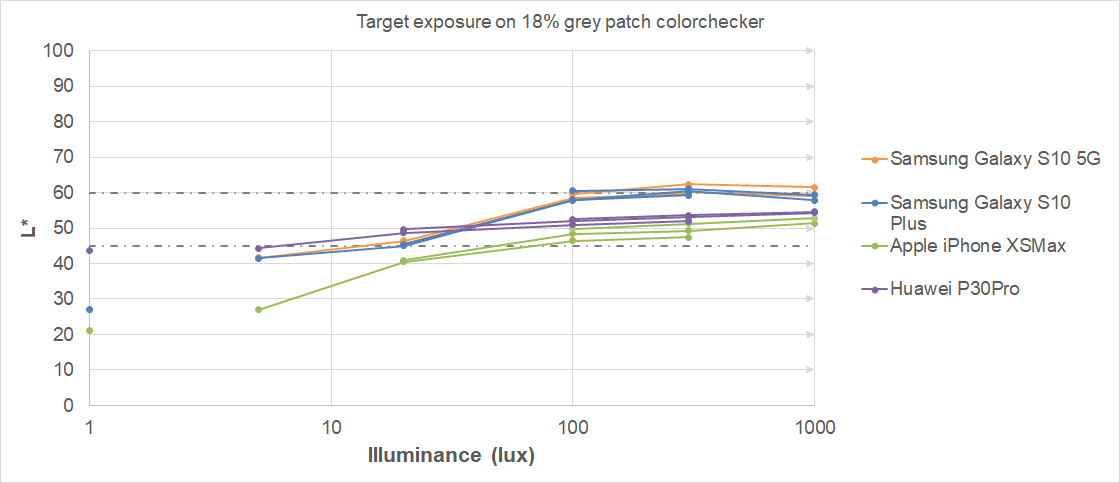


























DXOMARK encourages its readers to share comments on the articles. To read or post comments, Disqus cookies are required. Change your Cookies Preferences and read more about our Comment Policy.